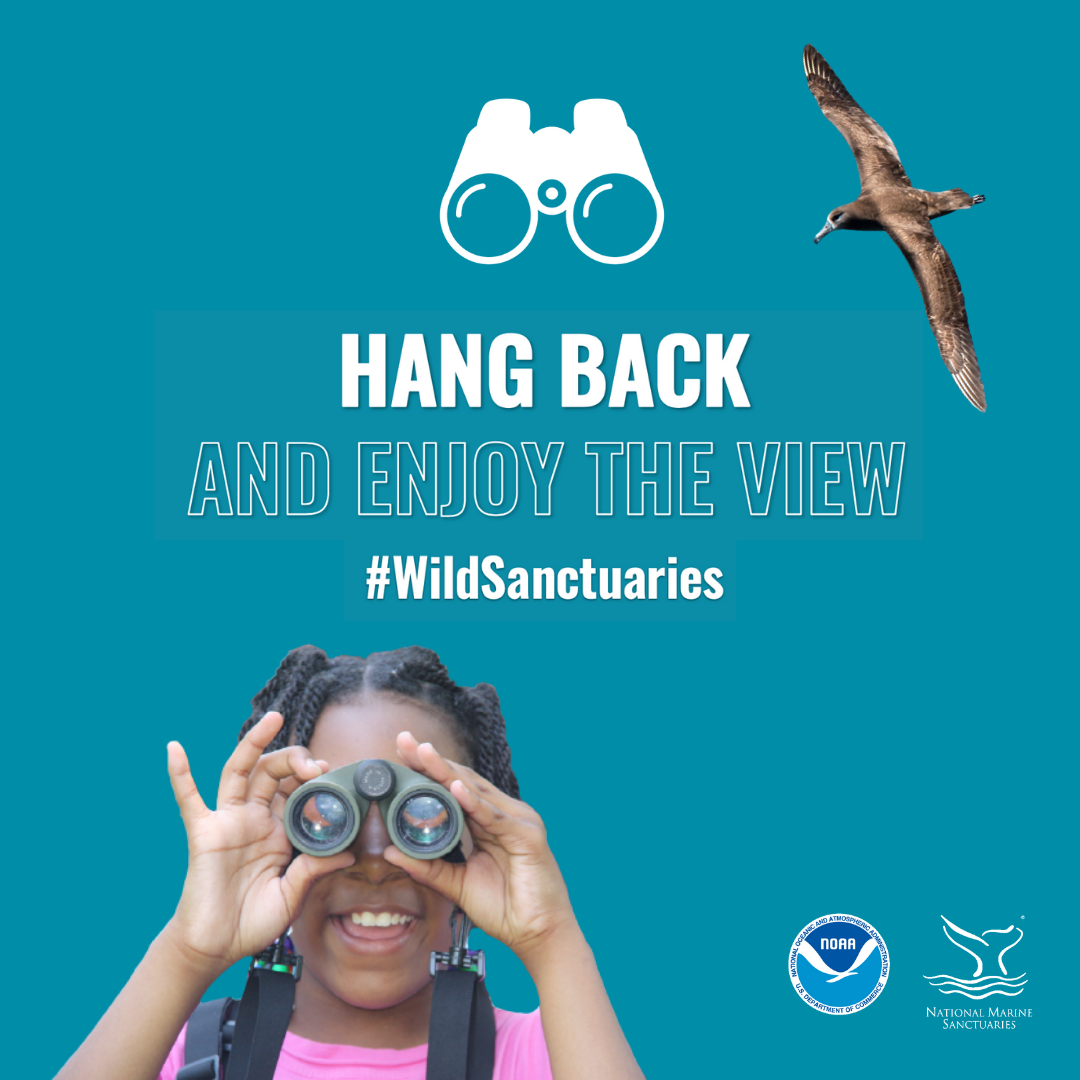An End to Endlings: Marking 50 Years of the Endangered Species Act
By Elizabeth Moore
May 2023

Endling - [endling]; noun; a living individual that is the last survivor of its species and whose death means the extinction of that species

Endling is a word of recent vintage, first proposed in a letter to the editors of Nature on April 4, 1996, in which the correspondents wrote: “There is a need for a word in taxonomy, and in medical genealogical, scientific, biological and other literature, that does not occur in the English or any other language. We need a word to designate the last person, animal or other species in his/her/its lineage.” Endling wasn't needed as a new word because humans haven't seen species go extinct in the last several hundred thousand years—there is evidence that our forebears marked, in different ways, the absence of species they knew had once been present—but because we have in the last centuries been able to pinpoint the individual who is an endling for a species.
The most well-known example of an endling in the U.S. is the passenger pigeon, which once numbered in the billions and was driven into extinction by overhunting and habitat loss, the last one, Martha, dying in the Cincinnati Zoo on Sept. 1, 1914. But the marine realm also has its unfortunate share of endlings. The last Steller's sea cow was killed in the waters of Alaska in 1768. The last two great auks were killed on a single day in 1844, on an island off the coast of Iceland. The last sighting of a Labrador duck was in 1878 in New York. The last sea mink was likely killed in 1880 in Maine. The Caribbean monk seal was last seen in 1952 on Serranilla Bank off of Colombia. The last dusky seaside sparrow, named Orange Band, died in captivity in Florida in 1987. The passing of each of these individuals marked the moment a species shaped by millions of years of evolution was erased. The passing of each marked fundamental, unalterable shifts in the ecosystem where they lived. The passing of each marked the moment we were deprived of their fellowship and the lessons we might have learned in their company.
Concern About Extinction
Some question why we worry about a species going extinct. One reason is that, because species co-evolve as part of a larger entwined ecosystem, one extinction can create a cascade of other extinctions and/or other detrimental impacts that compromise the functioning of that ecosystem and the services it provides to us, like pollination, food, clean water, clean air, medicine, and protection against the release of viruses and diseases. Think of an ecosystem as a giant game of Jenga: remove too many of the supporting blocks and the whole thing tumbles down.
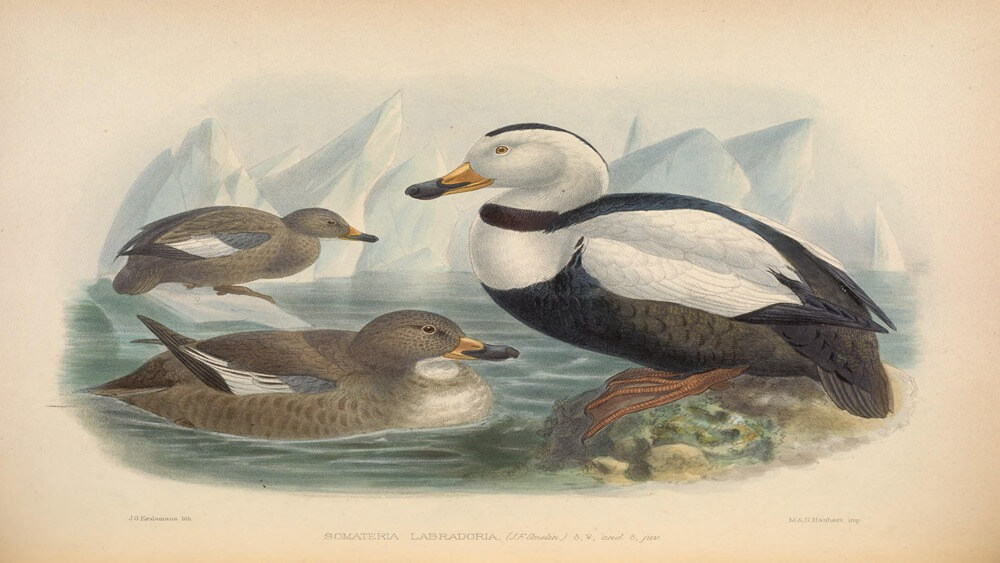
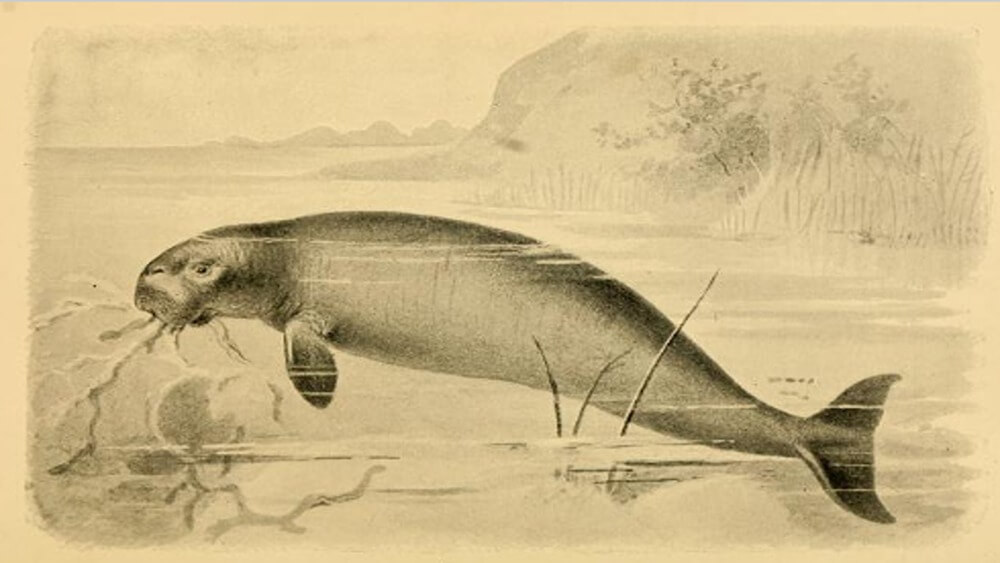
Other reasons are the recreational and economic benefits. Outdoor recreation, ecotourism, birding, and wildlife watching are all valuable and growing sectors of our economy. Intact, healthy habitats and flourishing wildlife populations are the foundation of such businesses. No one is going to pay to dive on dead coral reefs or walk through fields of tree stumps, or travel somewhere if there are no birds, fireflies, or whales to see. Preserving our wildlife and the habitat it depends on is crucial.
Finally, the world becomes a little more impoverished with each missing species and we become more lonely and forlorn for it. We evolved as part of nature, in the companionship of millions of other species, from monarch butterflies to king salmon, from bluebirds to blue whales, from sea stars to seagrass to sea lions. We are happier, healthier, and stronger when we are surrounded by nature and by life in all its forms.
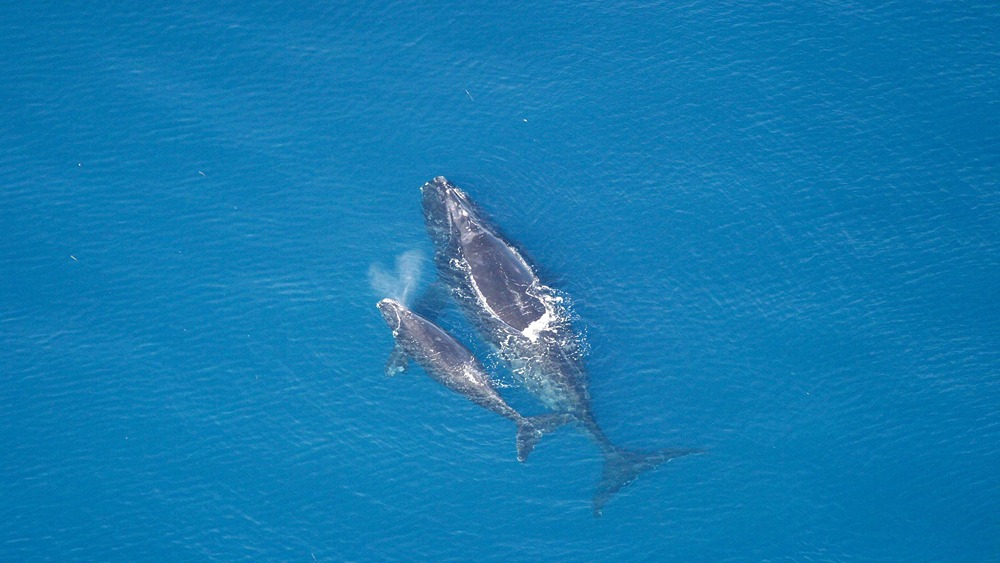
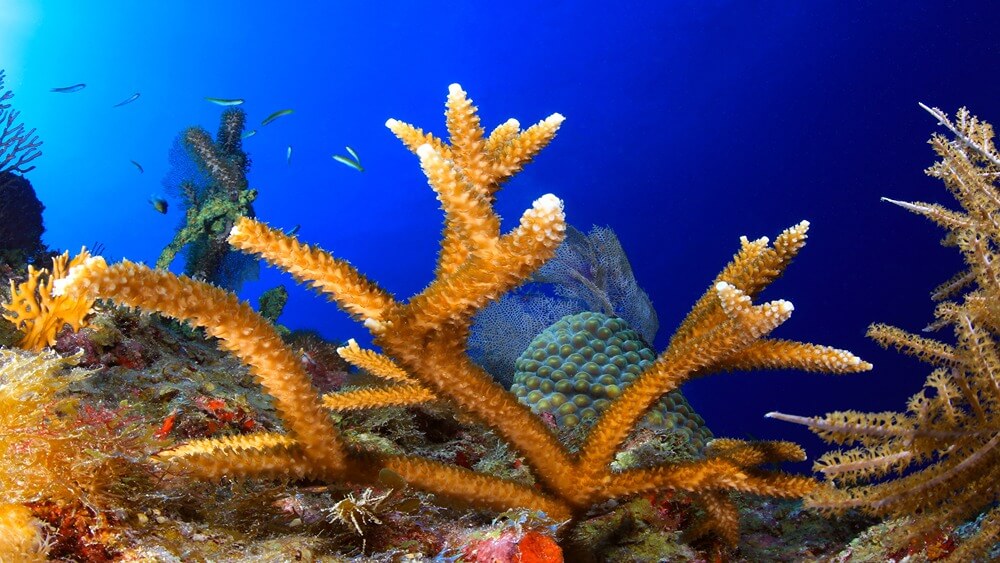
Preventing Extinction
Explorer and naturalist William Beebe wrote in his 1906 book “The Bird”: “The beauty and genius of a work of art may be reconceived, though its first material expression be destroyed; a vanished harmony may yet again inspire the composer; but when the last individual of a race of living beings breathes no more, another heaven and another earth must pass before such a one can be again.” As he eloquently expresses, by the time a species has an endling, it is too late. Though much attention has been given lately to the idea of de-extinction, a species cannot truly be reborn after it has gone extinct. We may be able to produce a hybrid species that looks and/or acts like an extinct one, but even that is a difficult task, both technically challenging and prohibitively expensive. It is far better to prevent extinction in the first place. The Endangered Species Act has for 50 years been our most important, most comprehensive tool for doing so.

The Endangered Species Act (ESA) was signed into law on Dec. 28, 1973, one of a suite of environmental laws passed in the 1970s that today form the foundation of our country's conservation programs. These acts came about because of an increasing recognition that human activities were causing irreparable harm to our planet, brought into public view by books such as “Silent Spring" by Rachel Carson, through events like the Santa Barbara oil spill of 1969, or due to the loss of once plentiful species like the passenger pigeon. The first U.S. laws aimed specifically at protecting wildlife date from the early 1900s and included the Lacey Act (1900), the North Pacific Fur Seal Treaty (1911), the Migratory Bird Treaty Act (1918), and the Fish and Wildlife Coordination Act (1934).
History of the ESA
In 1966, Congress passed the Endangered Species Preservation Act—the first piece of comprehensive endangered species legislation under which the very first list of threatened and endangered species was compiled. The Endangered Species Conservation Act of 1969 improved upon the 1966 Act, providing better protection to species habitats and considered species in danger of worldwide extinction. Still not satisfied with the protections the 1969 Act provided for domestic species, Congress passed the Endangered Species Act of 1973 (ESA). The ESA combined and strengthened its predecessors, to become the primary means for federal agencies to protect threatened and endangered species and their habitats.

The ESA today provides comprehensive protection to threatened and endangered species through listing the species, preparing recovery plans, preventing harm, protecting habitat, coordinating among government agencies and NGO efforts, and raising public awareness. There are 1,674 domestic species listed under the ESA (1,269 endangered and 405 threatened); 1,387 of which have recovery plans. The law has been found to be highly effective; it has prevented 99% of listed species from going extinct, including species like the bald eagle, whooping crane, southern sea otter, and green sea turtle.
The ESA works in concert with other laws like the Migratory Bird Treaty Act, Marine Mammal Protection Act, and the National Marine Sanctuaries Act. For example, endangered and threatened species protected under the ESA are also protected under sanctuary regulations when they are inside a national marine sanctuary. NOAA, the U.S. Fish and Wildlife Service, other federal and state agencies, and NGO partners work together to protect endangered and threatened species and the habitats on which they depend.
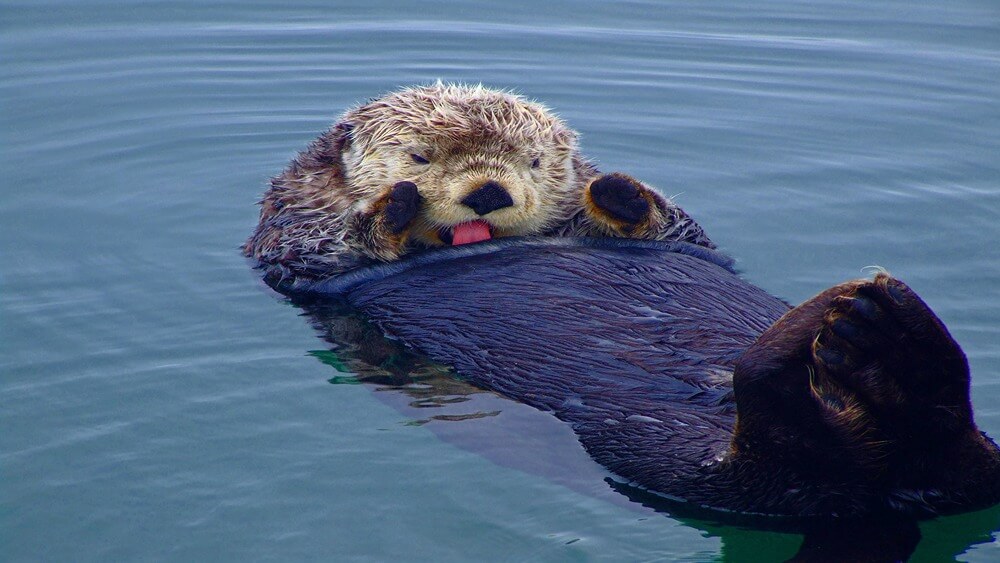
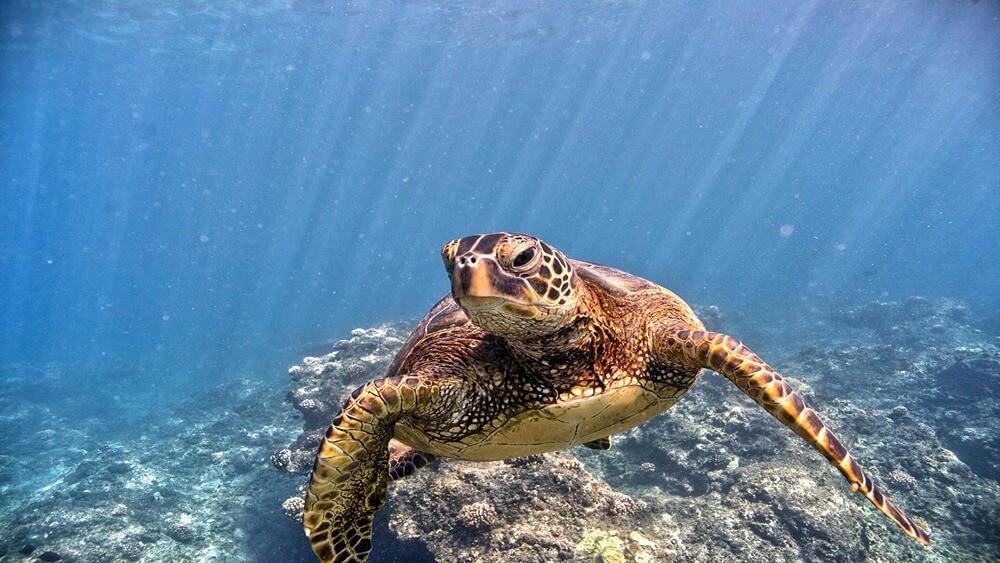
Those of us alive today have been deprived of the Atlantic gray whale, great auk, and Steller's sea cow because laws weren't enacted quickly enough to protect them. For 50 years, the Endangered Species Act has helped ensure that we have tools to prevent the sorrow of an endling due to human causes. We hope to never have to speak of the end of the North Atlantic right whale or the roseate tern in Stellwagen Bank National Marine Sanctuary, or write about the manatee, green sea turtle, or staghorn coral missing from the waters of Florida Keys National Marine Sanctuary. We hope not to look in vain for the northern fur seal or marbled murrelet in Monterey Bay National Marine Sanctuary, or memorialize the extinct humpback whale, Hawaiian monk seal, or nēnē of Papahānaumokuākea Marine National Monument.
We hope to never hear the word “endling” ever again.
Make sure you follow Wildlife Viewing Guidelines when you're out enjoying nature. Or explore the 50 Ways to Love Your Oceans and Coasts you can put into practice every day!
Elizabeth Moore is a former policy analyst for NOAA's Office of National Marine Sanctuaries


